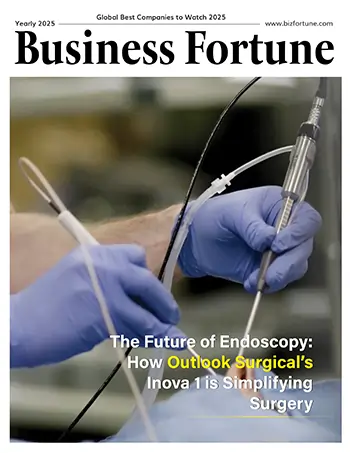Home Innovation Science and Technology Scientists find that seabed me...
Scientists find that seabed metals are producing 'dark oxygen'
Science and Technology

Business Fortune
24 July, 2024
On the seafloor of the Pacific Ocean, a global team of scientists has found that metallic nodules shaped like potatoes produce oxygen.
The results, which were released on Monday in the journal Nature Geoscience, spark further worries about the dangers associated with deep-sea mining. The researchers and marine chemists, under the direction of Professor Andrew Sweetman of the Scottish Association for Marine Science in the UK, discovered that 'dark oxygen' is created about 4,000 meters (13,100 feet) below the ocean's surface when everything is completely dark. It was previously believed that only living things, like plants and algae, could use photosynthesis, which depends on sunlight, to use energy to produce oxygen for the world.
In a statement, Sweetman argued that oxygen was necessary for the emergence of aerobic life on Earth and that photosynthetic organisms are the source of Earth's oxygen supply. He continued by saying that we now understand that oxygen is produced in deep water by seabed metals, an area devoid of light. As a result, it was necessary to revisit issues like where aerobic life might have started.
The ozygen production process is still unknown. In 2013, Sweetman and his associates discovered an anomaly while conducting fieldwork. Under the Clarion-Clipperton Zone, which lies between Hawaii and Mexico and is a possible site for metal-rich nodule mining, the researchers were examining the seafloor ecosystems.
In order to conduct automated experiments, the team releases a module that sinks to the seafloor during these missions. The module creates "an enclosed microcosm of the seafloor" by driving cylindrical chambers down to seal off small areas of the bottom and some saltwater, according to the authors. The lander then tracks variations in the enclosed seawater's oxygen concentration over a few days or longer.
Seafloor ecosystems are dependent on oxygen carried by surface currents for their survival and would perish rapidly if this oxygen were to be cut off. However, the measurements done during seabed research indicated that the sequestered water in the Clarion-Clipperton Zone got richer in oxygen rather than poorer.


































